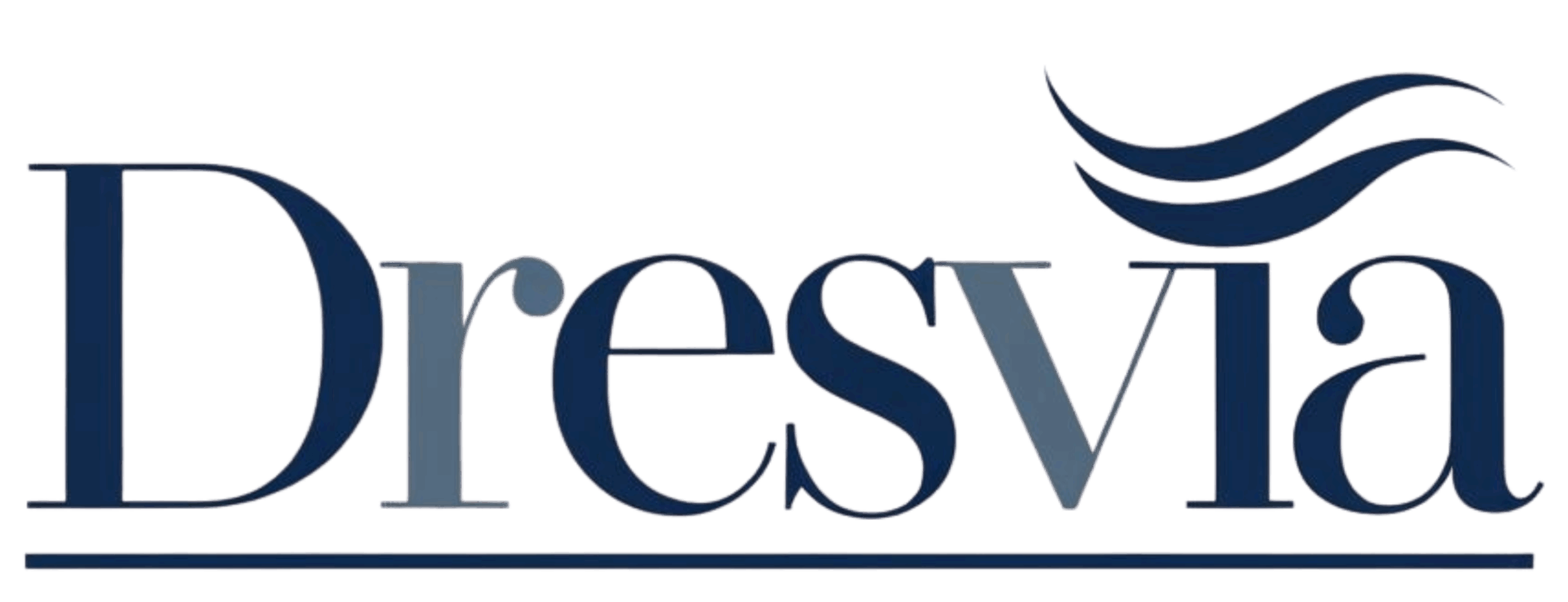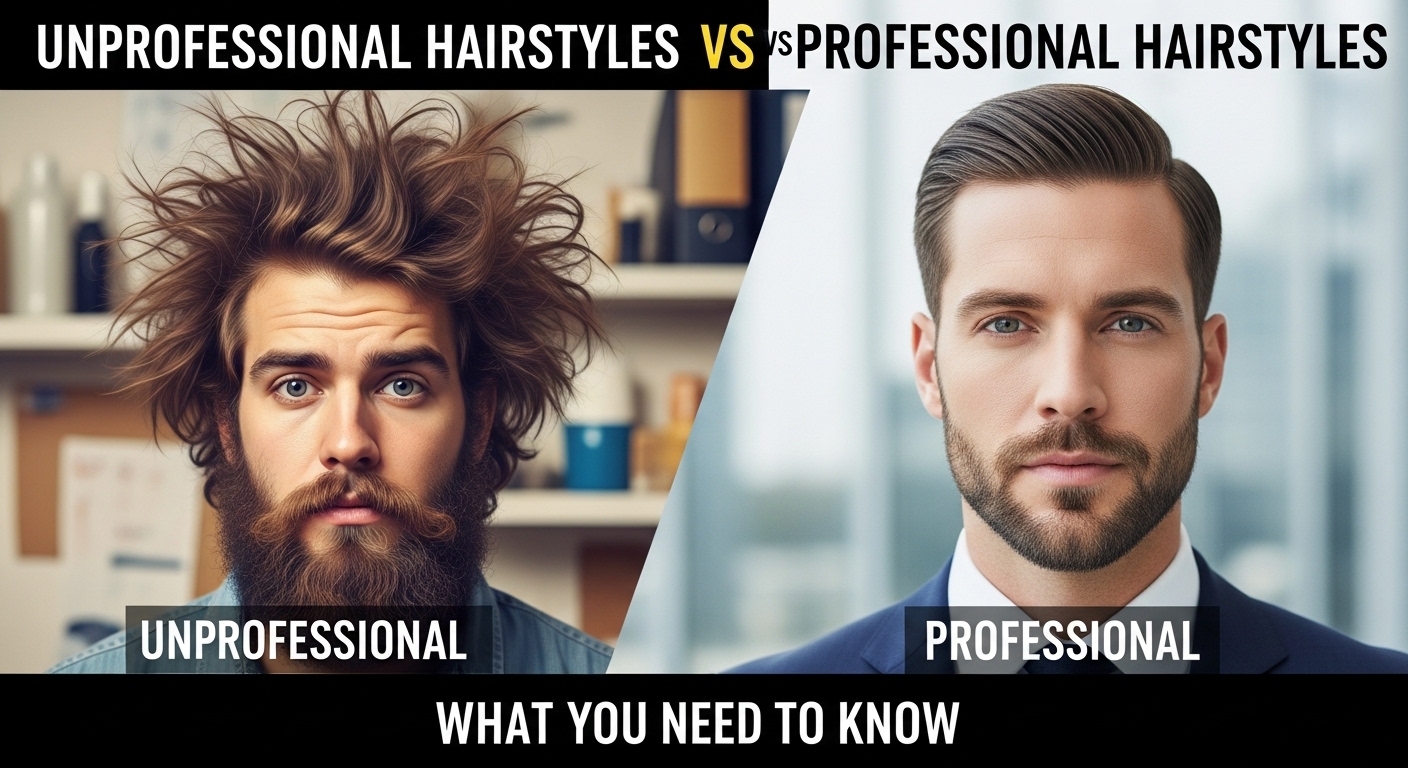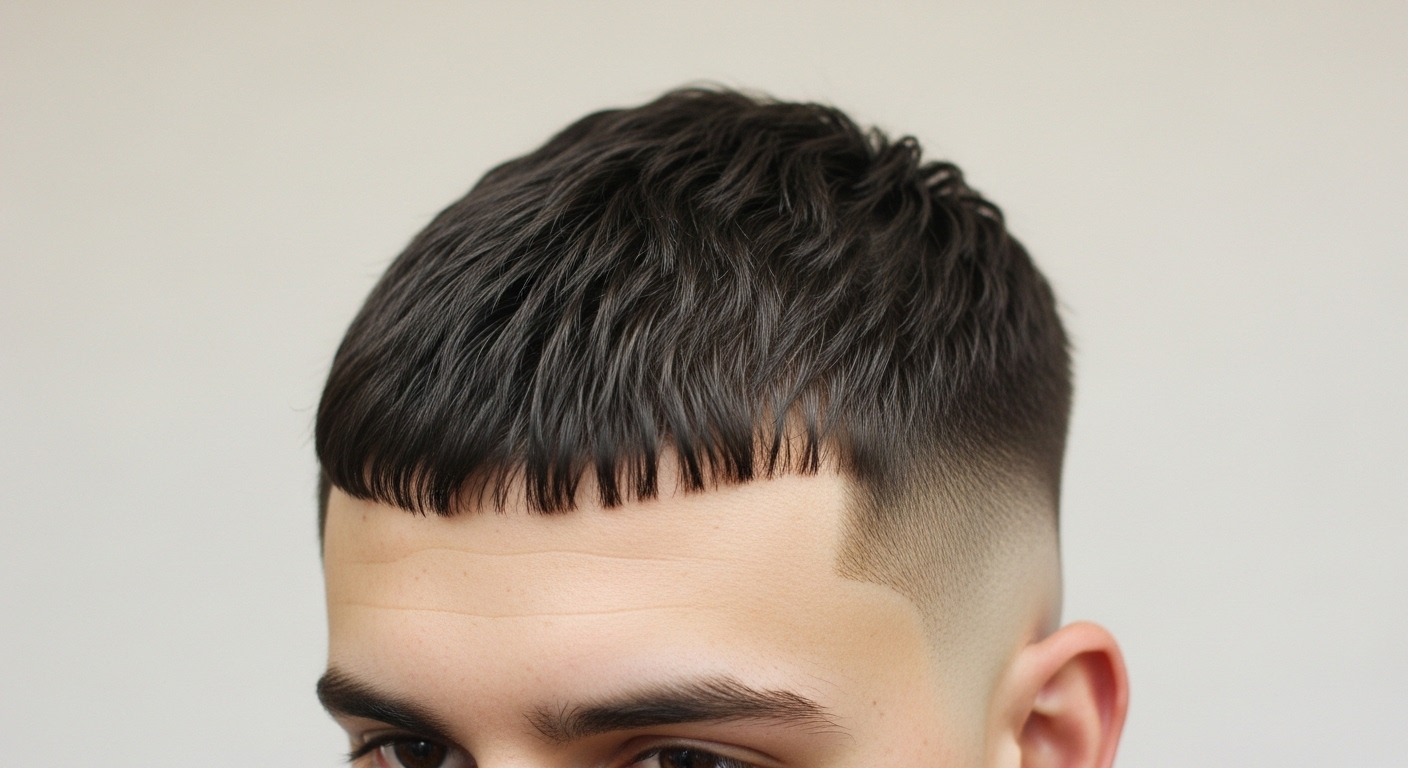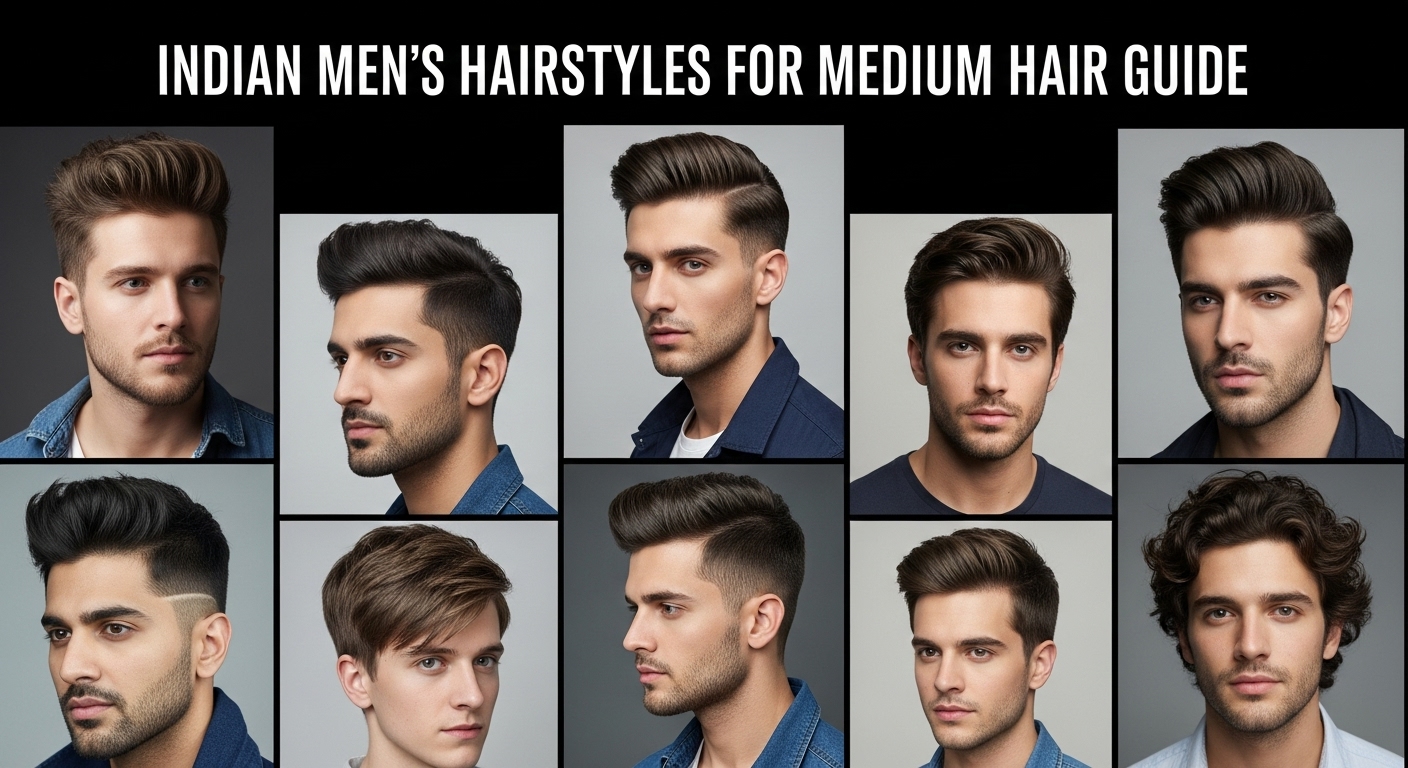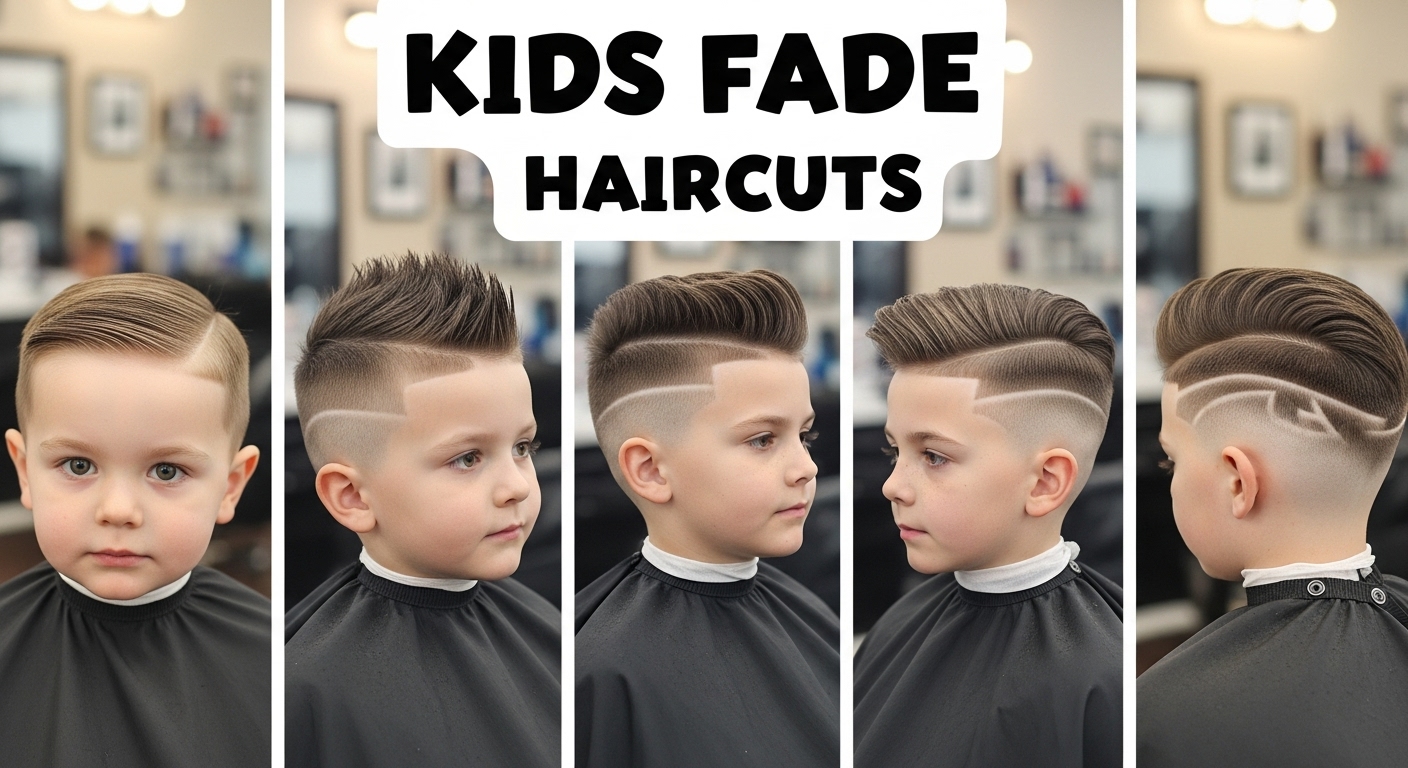First impressions can be quite powerful. People usually notice hair in addition to the standard items such as clothes when they are in a work environment. The image and the style of the company are closely linked so the credibility is affected. Maybe you think, after all, hair is just hair, and it should not be of any concern. However, it most often does in professional environments. The things that fall under the category of unprofessional hairstyles are not necessarily about the hygiene of the head or hair. Most of the time, these issues are a result of cultural bias, a company’s old-fashioned working rules, or simply a personal point of view.
This is the place where the difference between professional hairstyles and unprofessional ones becomes vague. Instead of pretending that there is only one right way, let us try to understand these concepts better. Frankly, there is no one.
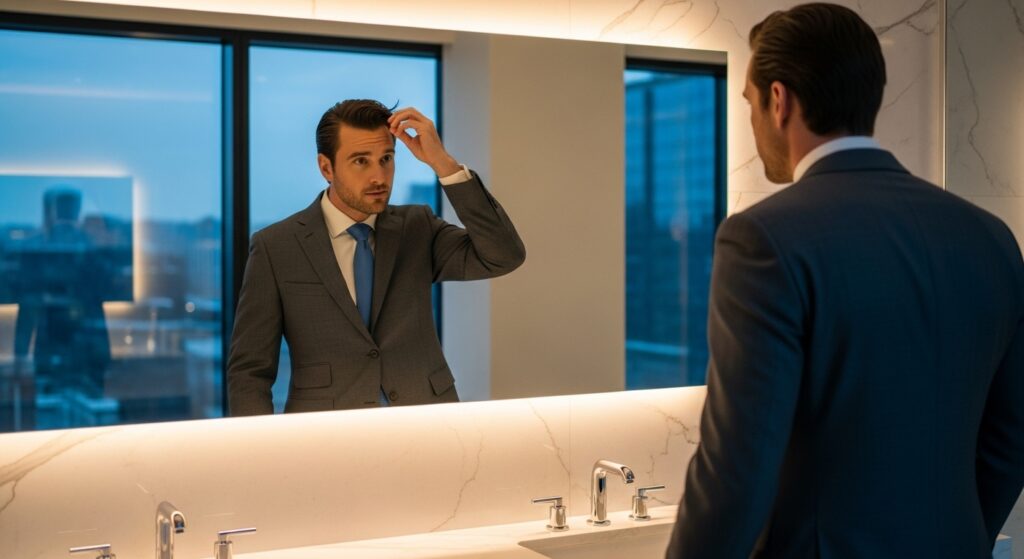
Why Would Hairstyles Be Categorized as Professional or Not?
Most corporations fancy themselves “ahead of their time” when it comes to appearances, however, a plethora of unwritten norms still lurk beneath the surface.
The way people style their hair has become a silent sign of characters like discipline, seriousness, or how one “fits in.” The issue is that those conclusions are seldom fair. For instance, expressive styles inspired by 70s hairstyles can make someone look bold or carefree, but that doesn’t necessarily reflect their professionalism or work ethic.
- Short back-and-sides? Are usually linked with professionalism.
- Braids, locs, or messy buns? May be at times unreasonably flagged as such.
- Long hair on men? Is still a controversial issue in a lot of sectors.
Logics changes depending on the industry as well. The financial sector is inclined to be conservative in most cases. On the other hand, the tech or the creative environment is not so tightly bound by such rules.
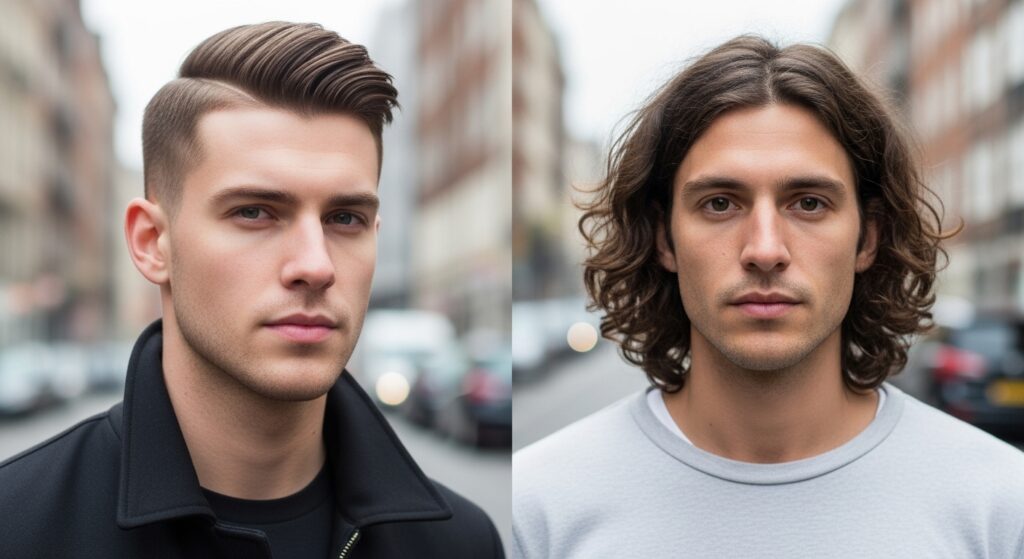
What Makes a Hairstyle Look “Unprofessional”?
Neat versus messy is not the only issue. Perceptions are complex.
1. Visible Lack of Grooming
Weird, greasy, unwashed, or uneven cuts usually indicate a lack of caring. This is just what many employers mean when they say that the employees are unprofessional.
2. Distracting Styling
Colorful hair, extremely increased spiky hair, and over-styling can just be a few ways that crazy hair lifts people’s attention far away from the work done.
This does not mean that these people are bad; it is just that they do not fit with the conservative office atmosphere.
3. Cultural Misunderstandings
This topic is quite complicated. Dreadlocks, braids, cornrows, and afros have been sometimes considered unprofessional in specific regions, although they are culture-related and need time to take care of. This is the point at which bias enters the scene.

Professional Hairstyles That Often Get the Green Light
Companies are fond of regularity. Hence, the looks that go through without any doubts are basically common, tidy, and unpretentious ones.
- Crew cut, buzz cut, or fade
- Nicely combed medium-length hair
- Properly maintained undercuts
- Back combed (no overdone with gel)
- Short twists or neat braids
Can you tell the trend? Clean lines, controlled volume, no surprises.

Industry Breakdown: Hairstyles That Work vs Hairstyles That Don’t
Hairstyles, as a whole, tend to be the subject matter of varying viewpoints in different industries. The table below illustrates the perceptions of different sectors on the matter of the hairstyles.
In some fields, a bold style like the Hitler haircut might be seen as too extreme, while in creative industries, it could be viewed as a daring statement of individuality.
| Industry | Safe Hairstyles | Risky/Unprofessional Hairstyles |
|---|
| Finance | Short cuts, fades, combed side parts | Bright colors, long messy hair |
| Tech/Startups | Almost anything neat, creative styles | Extreme neglect (dirty, tangled) |
| Hospitality | Slick back, tight ponytail, clean fades | Loose unkempt hair, wild dye jobs |
| Creative Arts | Anything goes if it fits the brand | Only unwashed or visibly sloppy styles |
| Law/Corporate | Conservative cuts, natural tones | Overly trendy or unconventional looks |
Are Workplace Rules Around Hair Changing?
To some extent, yes, workplace rules are changing. Anti-discrimination laws in a couple of areas have made it a tad more difficult for companies to apply rules about the appearance of employees that target cultural hairstyles in an unfair manner.
The U.S. CROWN Act is just one instance. That doesn’t imply that stereotypes have vanished, but at least there is now some legal support.
How to Decide If Your Hairstyle Will Be Seen as Professional
It is quite annoying that this question even arises, still, if you are in a conservative work environment, it would work to consider a few points:
- Understanding the culture of your workplace. The environment of a law firm in New York is nothing like that of a design company in Austin.
- Asking quietly. Take note of what the supervisors do. It sets the bar.
- Using compromise if necessary. At times you may be able to retain your favored style and still make an adjustment of neatness or color to suit the workplace.
- Slowly pushing the borders. Small changes are quite effective if your workplace is evolving thus you can gain more acceptance.
Final Thoughts
The relationship between a person and their hair has always been the crossroads between personal expression and the image that the company wants to give.
Some regulations are fair enough (for example, the clean and neat principle that nobody wants to smell unwashed hair in a business environment). The rest are just old prejudices, which are only pretending to be rules.
FAQs
1. What are unprofessional hairstyles examples?
Tangled hair, bright colors in conservative industries, overly messy buns, and styles that are visibly unkempt are some of the unprofessional hairstyles the list may include.
2. Are men allowed to have long hair in professional workplaces?
In most situations, yes, if it is well-maintained and at a decent length. However, in law and banking, it is still the norm that long hair for men is not acceptable.
3. Are braids and locs considered professional?
Yes, these should be the considerations that braids and locs are professional. They are neat and from the culture, but there are a few workplaces where biases still exist.
4. What are the best hairstyles for job interviews?
Most of the time, simple and tidy cuts like a fade, crew cut, slick back, or a neat ponytail are the ones that will attract an interviewer’s positive impression of you at the first sight.
5. Do professional hairstyle differ in each industry?
Indeed. The arts and media is more liberal in accepting the people’s novelty, but the financial and the law industries are more strict and traditional when it comes to hair and dress.

Chris Jordan explores the world of haircuts and grooming, giving readers smart tips on finding their perfect style and using the right products. He’s especially focused on barbering trends, fade styles, and grooming tools. Chris aims to inspire confidence through clean, well-maintained, and stylish hair.
